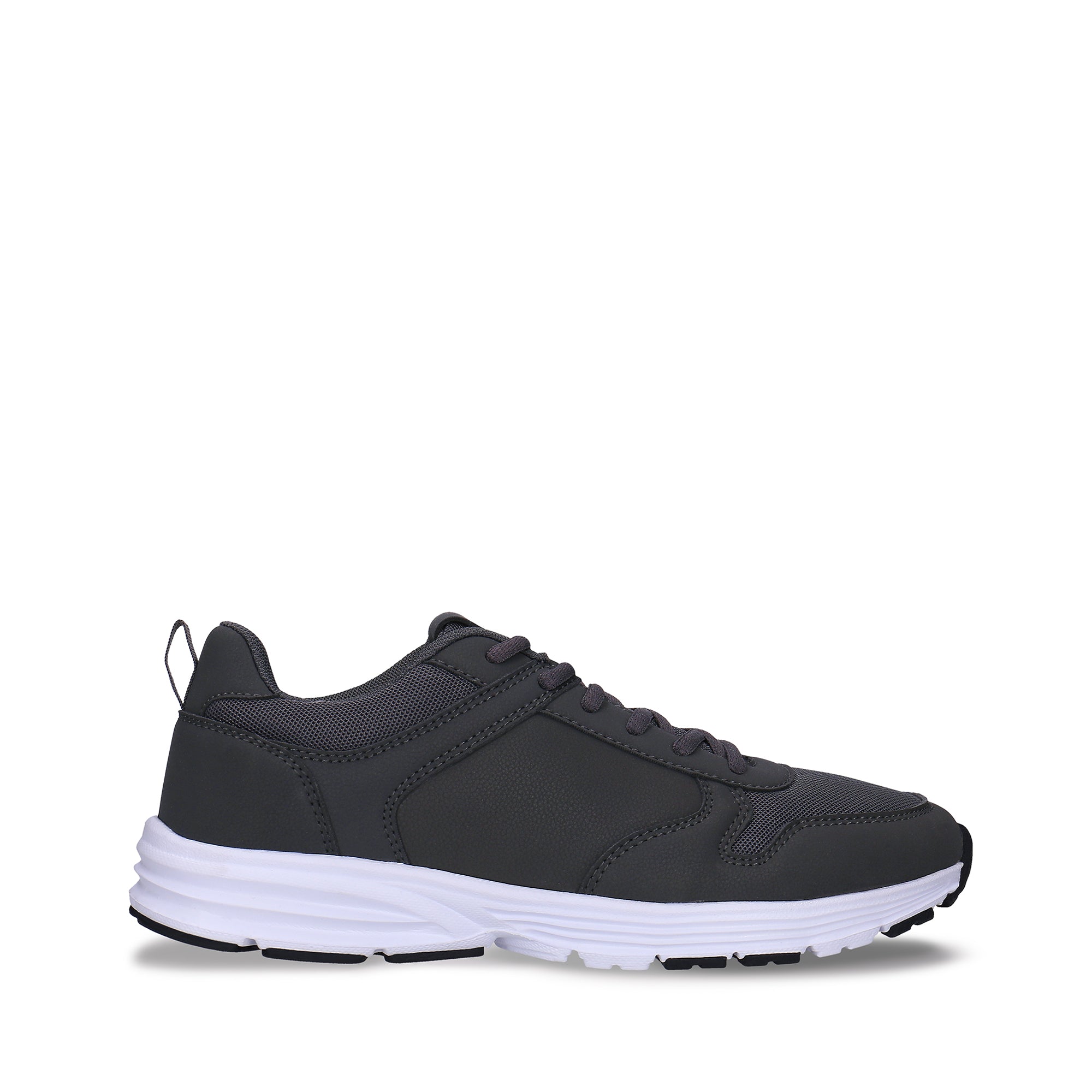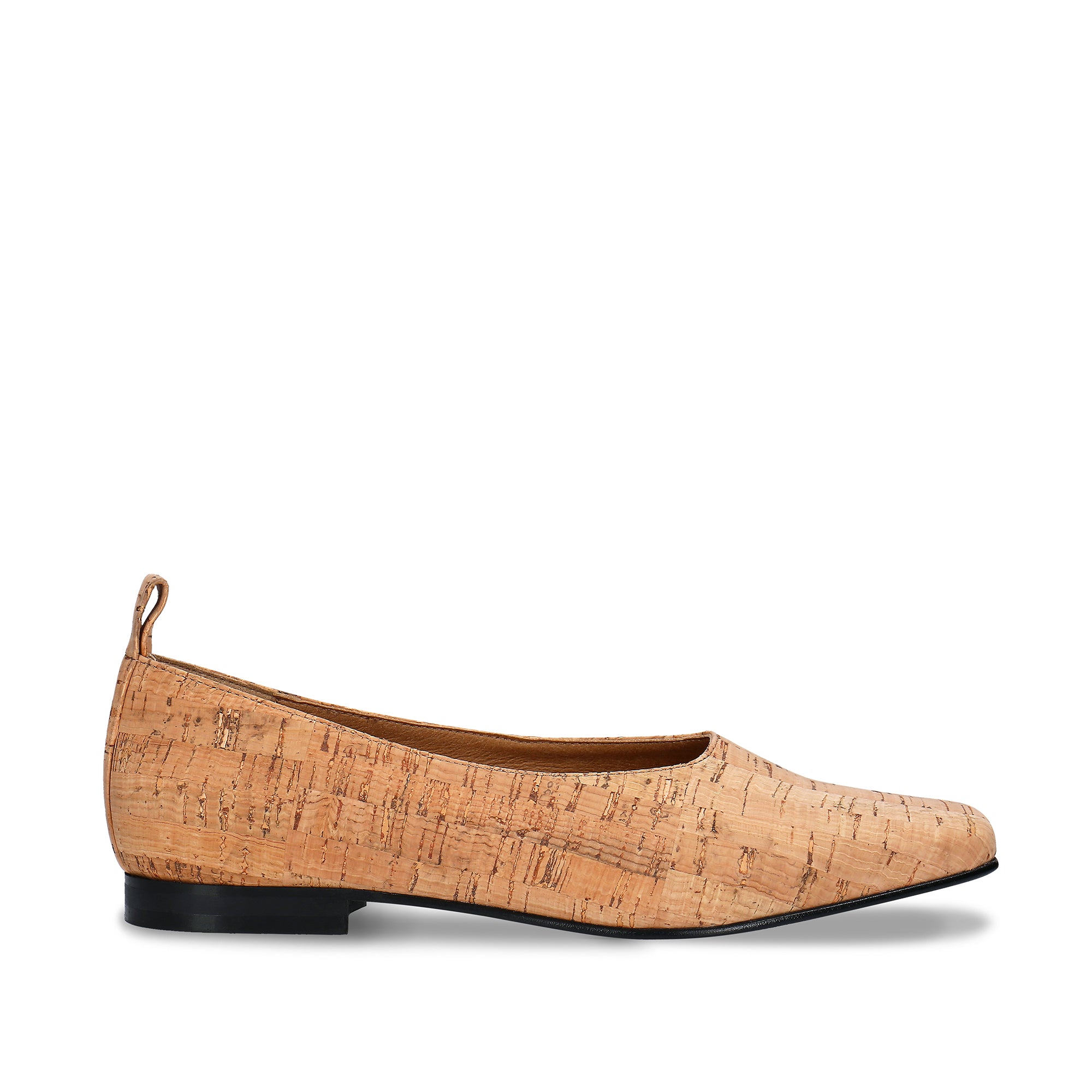Vegan Leather
Our "vegan leather" is made from a mix of microfibres including a mixture of cotton, polyester, and nylon (which is recycled whenever possible). Choosing vegan leather helps to save billions of animals each year and means that you don’t need to compromise on style. We hope you enjoy your luxurious new vegan leather products.
Pineapple leaf fibres
Pinatex is one of our natural fabrics. It is made from pineapple leaf fibres. The leaves – which are normally discarded – are taken from pineapple harvests and processed to make this incredibly durable fabric, with any unused fibres then redistributed to the fields as fertiliser. It’s a completely earth-friendly process and the company responsible are working with pineapple farmers to add a whole new income stream to their businesses.



Piñatex PRODUCTS
RECYCLED PLASTIC BOTTLES
While PET (polyethylene terephthalate) is still plastic, it is incredibly recyclable. We hope to see the production of plastic come to an end but in the meantime, we can help to reduce the consumption of natural resources by making use of recyclable materials; reduce, reuse, recycle. That's why we decided to turn used plastic into beautiful products for you!
First synthesized in the 1940s, PET was popularised for its strong, lightweight nature, which is similarly true of RPET (Recycled PET). When broken down, your old bottles and food containers can be transformed into clothing, accessories, and of course, gorgeous shoes! They're as easy on your conscience as they are on your skin.
Organic cotton
Did you know that conventional cotton cultivation is the culprit for one quarter of the insecticides used across the world? And if we add the production process of the fibre, together they account for 10% of our planet’s total pollution? And did you know that conventional cotton cultivation is one of the main water consumers in the world?
Unlike regular cotton, organic cotton is grown from natural (non-genetically modified) seeds and without the use of pesticides, meaning that it is much kinder to the earth and safer on your skin.
It is harvested from fields that are regularly rotated rather than persistently re-sewn, which means the soil is not degraded in the same way as with regular cotton. Therefore, it is much healthier and nutritious for all concerned. Organic cotton is also irrigated using 80% rainwater, making it much less of a drain on energy and resources. With the world's water supplies under threat, organic cotton is a fantastic way to dress yourself responsibly.


Cork
Cork is incredibly durable and great for the environment. It is harvested from cork oak (or Quercus suber) trees and is 100% sustainable. Cork farming actually has a negative carbon footprint, meaning that using it for our products has an incredibly positive impact on the planet. It’s waterproof, hypoallergenic, and soft to the touch, making it virtually perfect.
Apple Leather
AppleSkin is a highly sustainable material produced from the waste of the apple juice industry. Ethically made in Italy, this emission lowering material is practical beyond belief, endlessly versatile, and gorgeous to look at. A zero impact material, the bio-based leather alternative saves 5.28KG of CO2 for every KG of apple residue used instead of raw chemical materials. Choose the environment, choose AppleSkin.

Corn Leather
On Steam Bioeco is the first ecological microfiber obtained partially from corn and recycled polyester. Guaranteeing breathability, absorption, and total drying on the interior of the shoe. This biofiber leverages polymer which is created through a fermentation process that starts with starch from the corn plant, replacing petrochemicals with agricultural raw materials, and reducing 63% of greenhouse gas (CO2) emissions and 40% of energy consumption compared to nylon 6,6 polymer.
Out sole material
1- EVA is a chemical mix (Etilvinilacetate) whose insulation is used for some out soles.
2- Recycled car and airplane tires (usually for sandals). 3- Natural rubbers: usually rubber from the Seringeira Tree.
4- Natural rubber mixed with wood.
5- Wood.
6- Synthetic rubber. Generally, it offers more resistance to graze than natural rubber, and also better resistance to heat and the effects of heat-use. Many kinds of synthetic rubber are flame resistant and can be used a non-conductor of electricity. Also, they will remain flexible in cold temperatures and are resistant to fat and oil. One of the most used are the Neolite, a version developed by Goodyear: synthetic rubber estirene-butariene.
7- Thermoplastic (TR). To models that need out soles so resistant. TR are a kind of plastics that, in hot temperatures become flexible and fickle. In this kind of out soles, we use the TPU, from polyurethane thermoplastic, that are especially comfortable because of their flexibility, damping the step, non-skid capability, and, as all polyurethane, lightness and insulating.
















